The Panama Canal – then and now
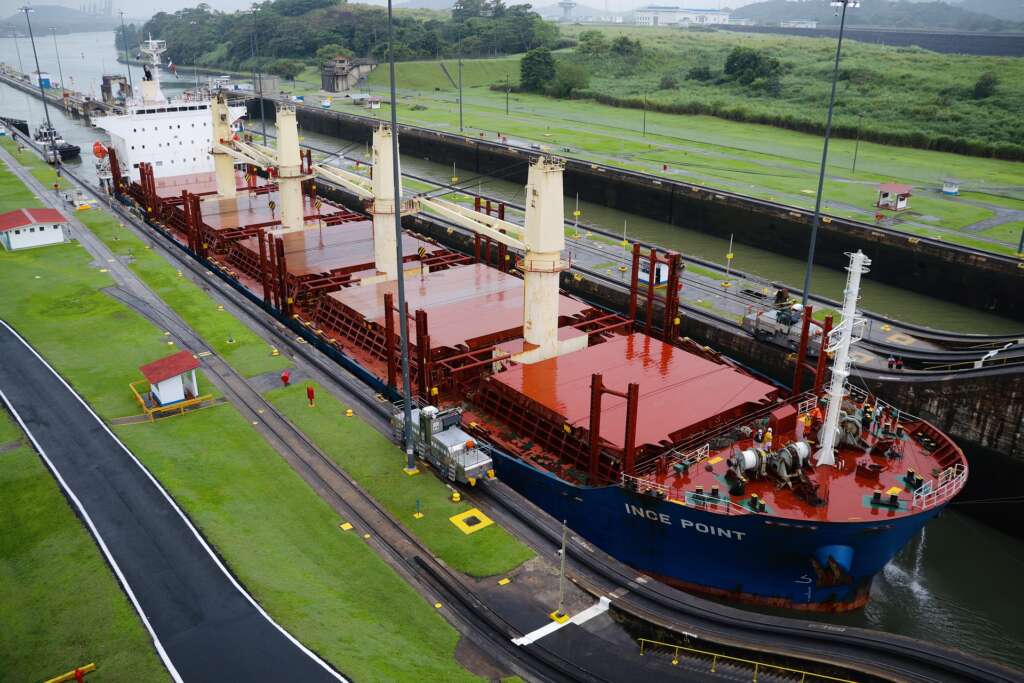
Embarking on a voyage through the Panama Canal promises not only a maritime adventure but also a compelling immersion into the annals of history. This iconic waterway, connecting the Atlantic and Pacific Oceans, has rich history and breathtaking sights drawing visitors from around the globe. Join us on a formal exploration of the Panama Canal, where we delve into its historical significance, engineering triumphs, and the contemporary allure that beckons travelers.
The Panama Canal was initially attempted to be built by the French in the late 19th century, but they faced insurmountable challenges. Diplomat Ferdinand de Lesseps used the successful funds he had acquired from the previously successful Suez Canal to begin work on the Panama Canal. The Panama Canal would have to be approximately half as long, but there were significant engineering challenges posed by the considerably worse climate, tropical rainforests, the need for locks, and a lack of any historical routes through the area.
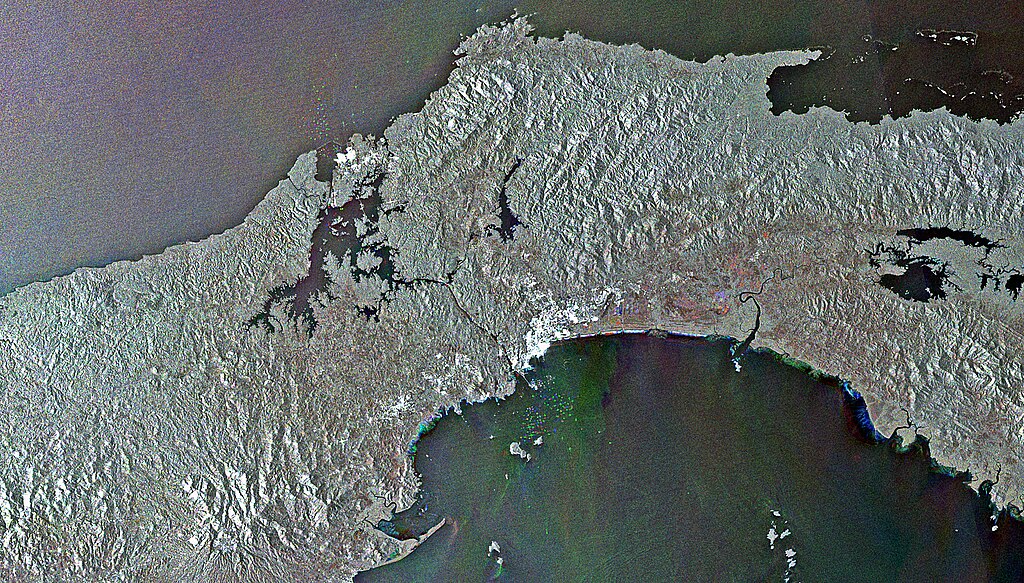
Lesseps had never visited the region during the wet season, and so when work began on the canal the workers were woefully underprepared for the harsh conditions. The Chagres River would rise 10 metres, and the thick jungle was full of deadly animals like snakes and spiders, but the deadliest was the unsuspecting mosquito. Tropical diseases, such as malaria, were carried by the mosquitos and wreaked havoc on the workers. In 1884, the death rate had reached 200 workers per month, and all the health measures they tried were ineffectual as they were unaware of the role mosquitos played in the spread of the disease.
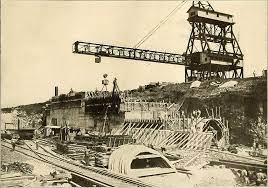
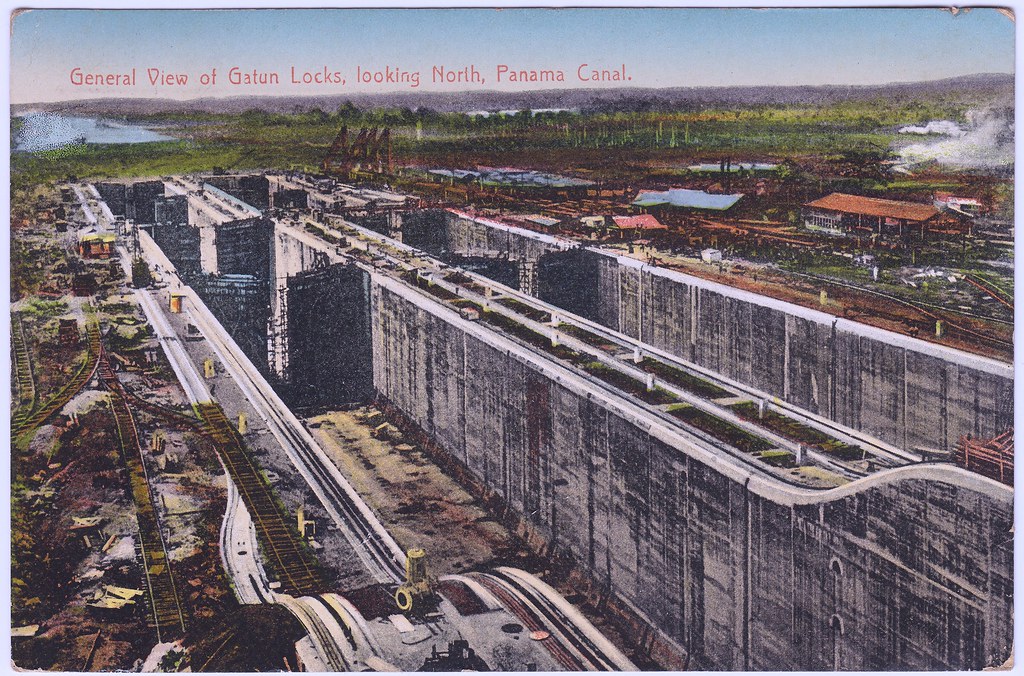
The conditions were dismissed and downplayed back in France, where they would steadily recruit new workers to maintain numbers, but the constant deaths were too much and it led to an inexperienced and ineffectual workforce. There were countless other issues, which ultimately resulted in the Panama Affair, a scandal which led to Lessep and his son being charged with misappropriation of funds and sentenced to prison. Lessep would never see a cell due to his age and would die soon after. Work more or less ceased and a new company took over, they maintained the work that had already been completed while they drew up plans to complete the canal.
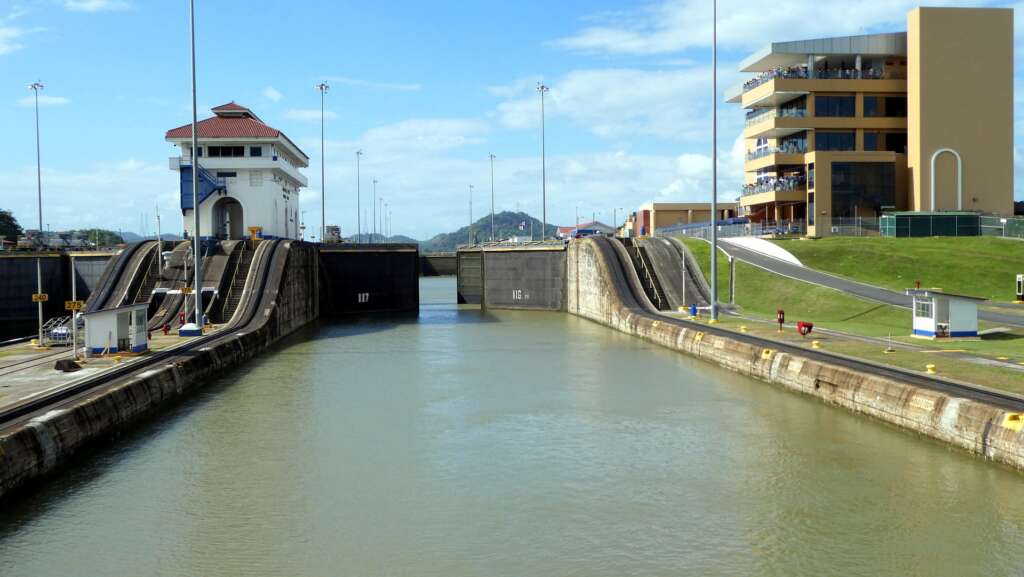
But the United States took the reins in 1904. Overcoming daunting obstacles such as rampant diseases and the formidable Culebra Cut, the canal was successfully completed in 1914. Today, its historical significance as a transformative global trade route resonates with visitors seeking to understand its profound impact on the world stage.
The engineering prowess displayed in the construction of the Panama Canal is nothing short of extraordinary. The intricate system of locks, notably the Gatun and Miraflores Locks, showcases the ingenuity required to navigate the varying elevations of the isthmus.
The Culebra Cut, an extremely tricky excavation along the side of a mountain, required innovative techniques such as steam shovels, railroads, and dredges to carve a passage through the Continental Divide. These engineering marvels continue to captivate the imagination of those who appreciate the intersection of science and history.
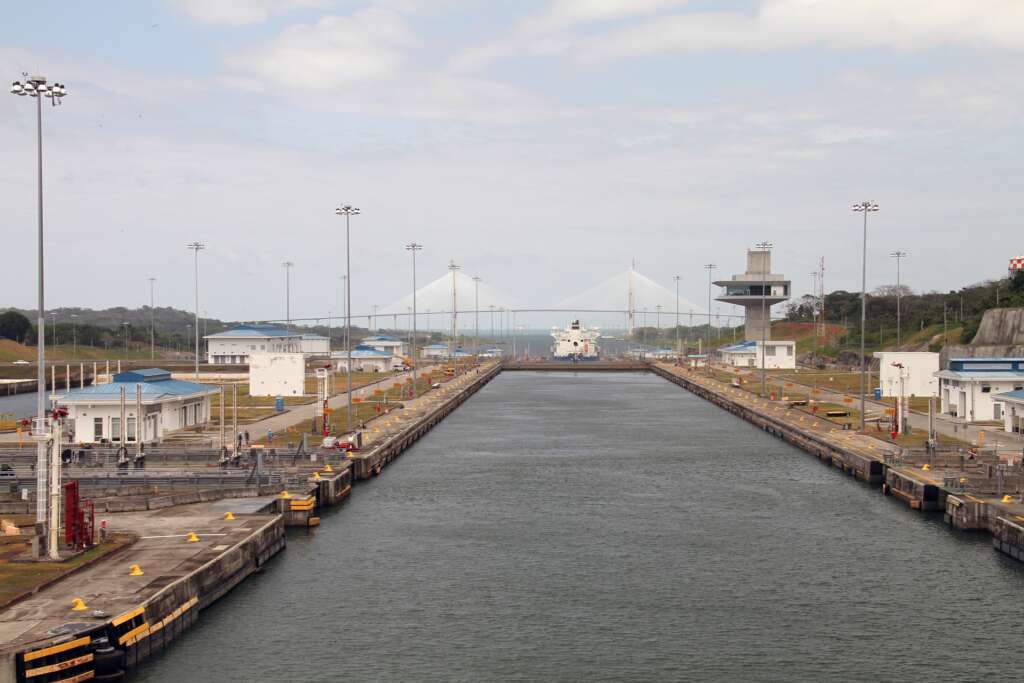
Beyond its historical and engineering significance, the Panama Canal plays a pivotal role in the global economy. Its strategic location has reduced transit times and costs for maritime commerce, fostering economic development in the surrounding regions. Recent expansions, such as the completion of the Panama Canal Expansion in 2016, further underscore its contemporary importance by accommodating larger vessels and ensuring the continued efficiency of global trade routes.
For those contemplating an exploration of the Panama Canal there are a number of ways you can experience this modern marvel. You could begin your journey at the Miraflores Visitor Center, offering a comprehensive overview of the canal’s history and operations. The Amador Causeway provides a scenic vantage point to witness the Pacific entrance, while a ride on the Panama Canal Railway offers a unique perspective along the waterway. Or, better yet, take a cruise along the canal itself and see everything it has to offer. These excursions provide an enriching experience, combining education with the sheer beauty of the canal’s surroundings.
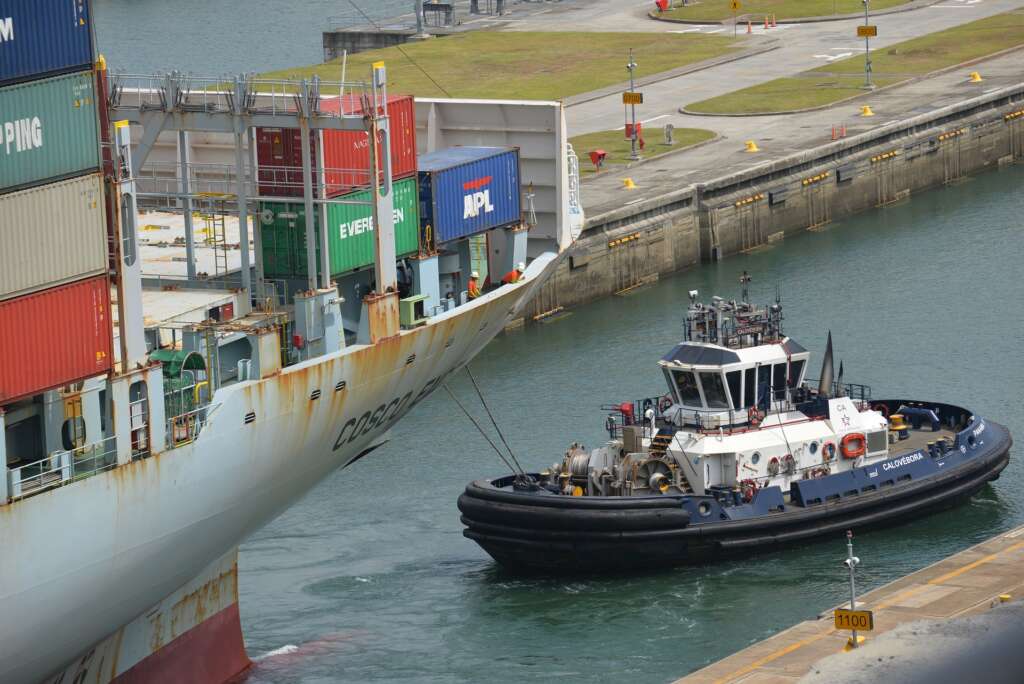
The Panama Canal, a confluence of history, engineering brilliance, and natural splendor, beckons travelers to embark on a formal exploration that transcends the boundaries of time and geography. As you navigate this aquatic marvel, the echoes of the past and the dynamism of the present converge, creating a journey that is as enlightening as it is awe-inspiring.
Blog by Noah Patton.

